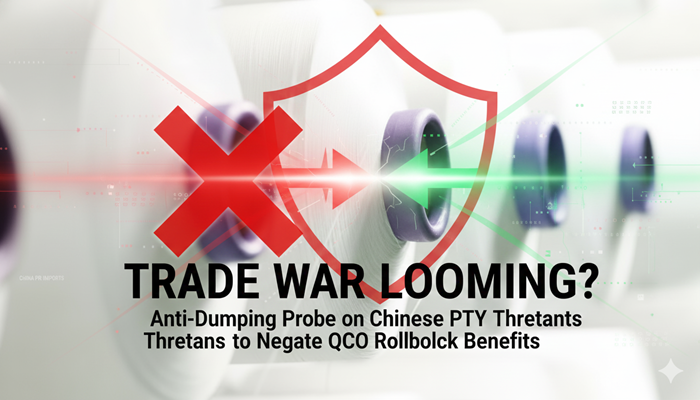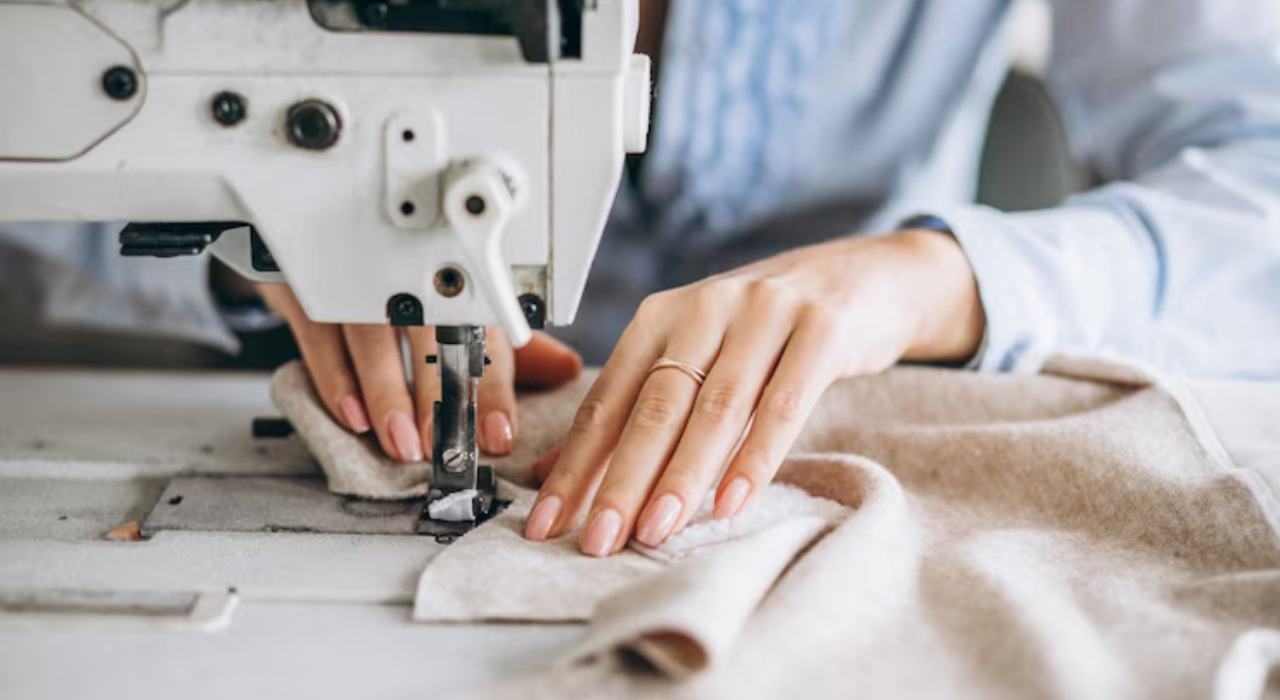As per United Nations Climate Change, the fashion industry, which accounts for 10 per cent of the world’s carbon footprint and 20 per cent of waste water, is likely to consume a quarter of its global resources by 2050. This pollution is more prevalent in Asia, the largest manufacturer and exporter of clothing and textiles. A majority of production takes place in China with the country’s clothing production accounting for an estimated third of the industry’s global carbon footprint, primarily on account of its reliance on coal-powered plants.
 As per United Nations Climate Change, the fashion industry, which accounts for 10 per cent of the world’s carbon footprint and 20 per cent of waste water, is likely to consume a quarter of its global resources by 2050. This pollution is more prevalent in Asia, the largest manufacturer and exporter of clothing and textiles. A majority of production takes place in China with the country’s clothing production accounting for an estimated third of the industry’s global carbon footprint, primarily on account of its reliance on coal-powered plants. Asian eco-minded entrepreneurs are viewing all aspects from education to supply-chain solutions and elegant “trashion” collections made from waste to tackle these issues.
As per United Nations Climate Change, the fashion industry, which accounts for 10 per cent of the world’s carbon footprint and 20 per cent of waste water, is likely to consume a quarter of its global resources by 2050. This pollution is more prevalent in Asia, the largest manufacturer and exporter of clothing and textiles. A majority of production takes place in China with the country’s clothing production accounting for an estimated third of the industry’s global carbon footprint, primarily on account of its reliance on coal-powered plants. Asian eco-minded entrepreneurs are viewing all aspects from education to supply-chain solutions and elegant “trashion” collections made from waste to tackle these issues.
Circular principles
More than 75 per cent of the world’s top-polluting cities are located in China. To deal with this issue, Christina Dean, a Hong Kong based journalist, founded Redress, a Hong Kong-based NGO, in 2007. The NGO works with global brands and organisations to reduce textile waste and introduce circular principles such as producing and using renewable resources, recycling waste, and increasing products’ longevity. It produces Frontline Fashion, an online docu-series, and the annual Redress Design Awards. Today, Redress is conventionally referred to as the largest sustainable-design competition in the world.
Dean also pioneered upcycled-fashion brand and social-impact business called The R Collective. Launched in February, the label turns trash to treasure. Its inaugural “Start From Zero” collection is made entirely from rescued waste from textile mills in Italy and Japan upcycled into pieces like artistic, architectural dresses and sharply tailored blazers.
Turning discarded textiles into new fabrics
As per McKinsey & Co and Business of Fashion’s joint report, 2019 State of Fashion, China is expected to become the world’s largest apparel market this year. However, it also produces 26 million tons of textile waste a year, compared to the 16 million ton produced by the US, 1 million ton by India, and roughly 500,000 ton by Bangladesh.
According to Sissi Chao, a member at Shanghai’s WeWork 819 West Nanjing Rd, every textile that is thrown away could be turned into a new yarn or woven into a new fabric. She founded RemakeHub, a business-to-business social enterprise platform that provides waste-management solutions to fashion and lifestyle clients in 2018. The platform cultivated roughly 50 new sustainable materials, all recycled from trash.
The company, in 2018, also teamed up with Futian Environment Charity to recycle roughly 2,500 donated T-shirts into backpacks for underprivileged children in China’s western Qinghai Province.
Recycling fabric scraps into accessories
India’s garment industry also pollutes land and water besides generating enormous amounts of waste. Being the world’s largest producer of cotton, India also faces serious problems such as health issues among farmers exposed to insecticides, and devastating droughts. Launched by Mahima Gujral, Sui collection is a sustainable spinoff of her family’s business. It pays homage to nature with a closed-loop production process in which the brand’s waste is recycled into new products. Sui recycles its packaging and upcycled fabric scraps (or “deadstock”) into accessories like mobile phone holders and headbands.
Instead of using conventional cotton, Gujral sources pesticide-free hemp and organic cotton that’s been certified by international verification organisation Global Organic Textile Standard.
One of Sui’s most effective decisions was to implement a “slow fashion” model, in which brands craft made-to-order garments one-by-one to avoid overstock. Instead of low-cost, mass-produced clothing, Sui does not make a clothing item until she receives an order for it, thus minimising waste and enhancing the durability of its clothes.












